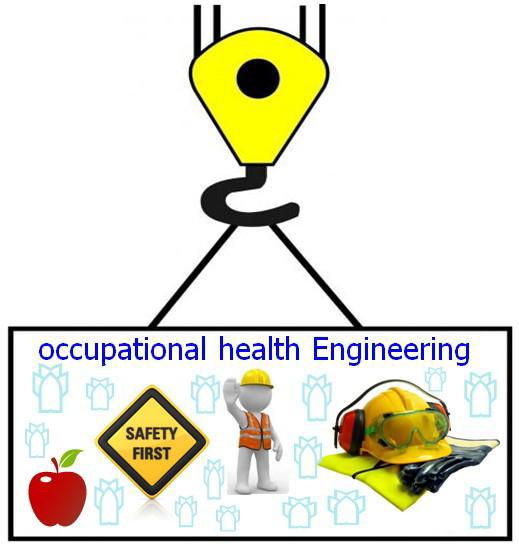
Introduction:
Occupational Health is the promotion and maintenance of the highest degree of physical, mental and social well-being of workers in all occupations by preventing departures from health, controlling risks and the adaptation of work to people, and people to their jobs.
(ILO / WHO 1950)
Workplace hazards include safety hazards and Workplace health hazards.
Workplace health hazards are those hazards that may cause occupational disease or illness.
Workplace health hazards may result from prolonged use of dangerous chemicals, noisy machinery, exposure to dust or temperature extremes. Unlike safety hazards, health hazards due to their gradual effect do not receive as much publicity.
classification of Workplace hazard
Workplace hazards can be divided into five main groups.
Physical agents
Chemical agents
Biological agents
Ergonomic agents
Psychological agents
Chemical hazards arise from excessive airborne concentrations of mists, vapours, gases or solids in the form of dusts, fumes and fibres.(For example Chemical Materials used in workplace).
Physical hazards include exposure to vibration, radiation, noise, hot or cold environments.
Biological hazards include organisms or toxic substances produced by living things that can cause illness or disease in humans. Examples are bacteria, fungi, parasites and insects.
Ergonomic hazards include design of workplaces and jobs that involve repetition, force or awkward posture.
Psychological hazards represent an important group and include occupations that might endanger the mental health of workers.
